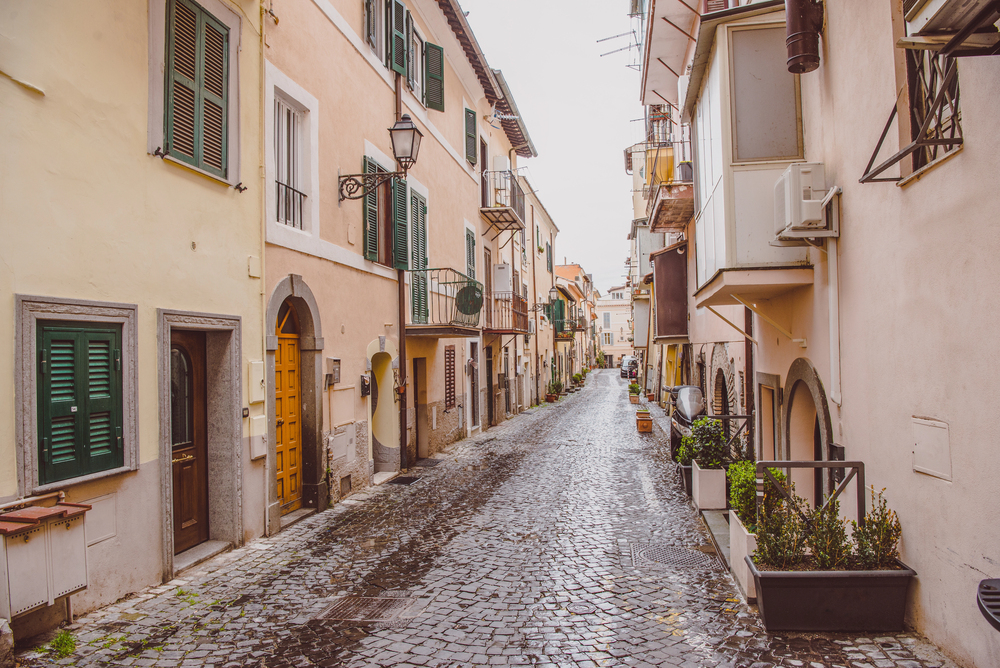Europe’s street art scene has evolved beyond simple graffiti into a vibrant cultural
phenomenon that transforms ordinary urban spaces into open-air galleries. From
hidden alleyways to massive building facades, artists continuously push boundaries
and challenge perspectives with their work.
As you explore these locations, you’ll discover how street art has become integral to
European cities’ identities, reflecting their histories, social movements, and creative
spirits.
Kreuzberg District, Berlin
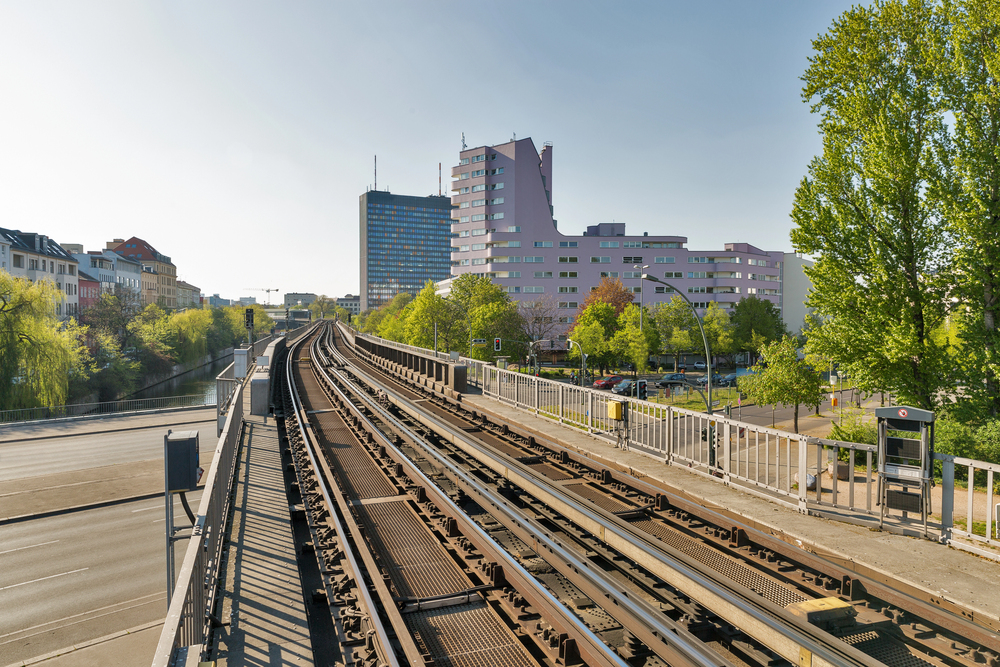
This gritty neighborhood in Berlin has transformed into an outdoor museum of
political expression and artistic revolution. The remaining sections of the Berlin Wall,
particularly the East Side Gallery, showcase powerful murals that tell stories of
freedom, unity, and social change.
Local artists continue adding new layers of meaning to the district’s walls, making it a living, breathing canvas that evolves each year.
Shoreditch, London
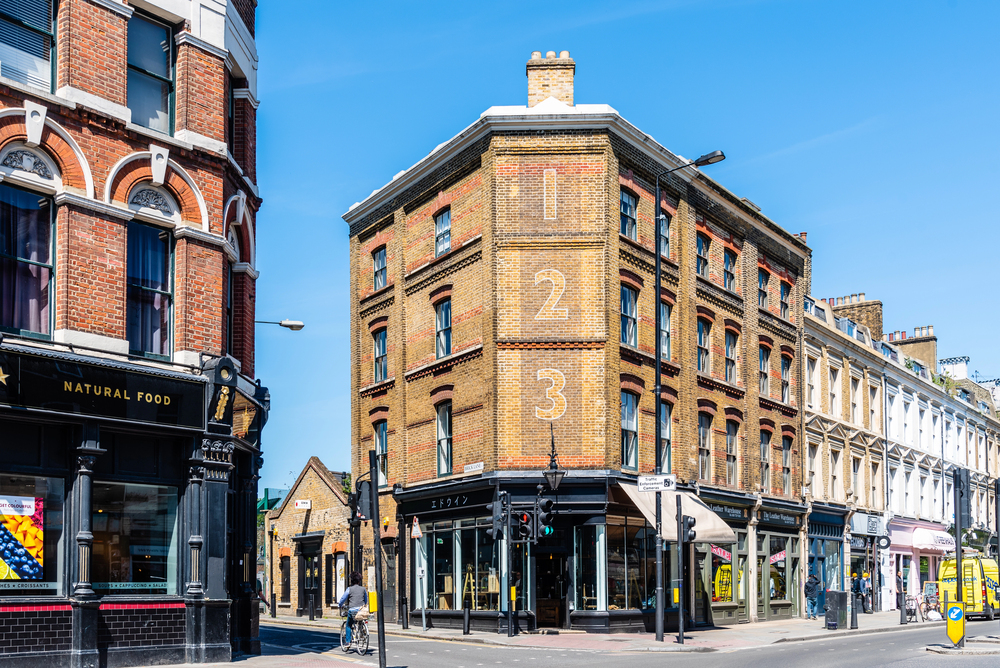
The streets of this East London district pulse with creative energy, where Victorian
industrial architecture serves as the perfect backdrop for cutting-edge street art.
World-renowned artists like Banksy have left their mark here, while local talents
continue to refresh the scene with new pieces almost weekly.
The contrast between historical buildings and contemporary art creates a uniquely London aesthetic that draws visitors from around the globe.
Like Travel Pug’s content? Follow us on MSN.
Le Panier, Marseille
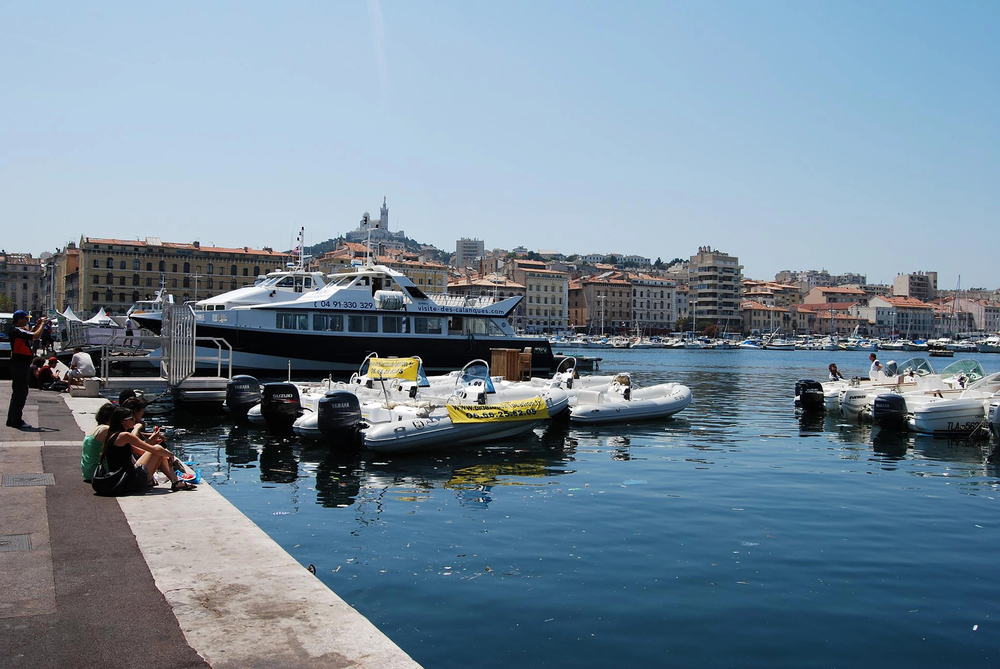
Marseille’s oldest quarter has embraced street art to preserve its bohemian
character. The narrow, winding streets reveal surprising murals at every turn, with
artists incorporating the neighborhood’s maritime heritage into their works.
Local initiatives have encouraged artists to create pieces reflecting the area’s multicultural identity and centuries-old trading history.
Trastevere, Rome
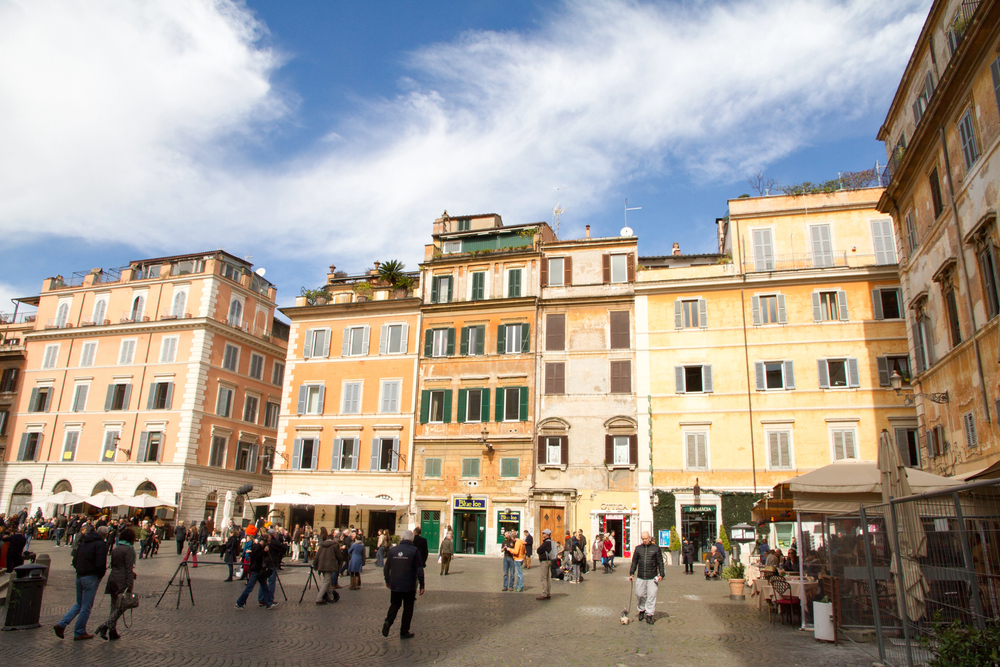
This charming Roman neighborhood balances classical Italian architecture with
modern street expression. Artists here cleverly integrate their work into the ancient
stonework and medieval streets, creating a dialogue between past and present.
The contrast between traditional Roman aesthetics and contemporary street art provides a unique perspective on how urban art can enhance historical spaces.
Telmo-Miel District, Rotterdam
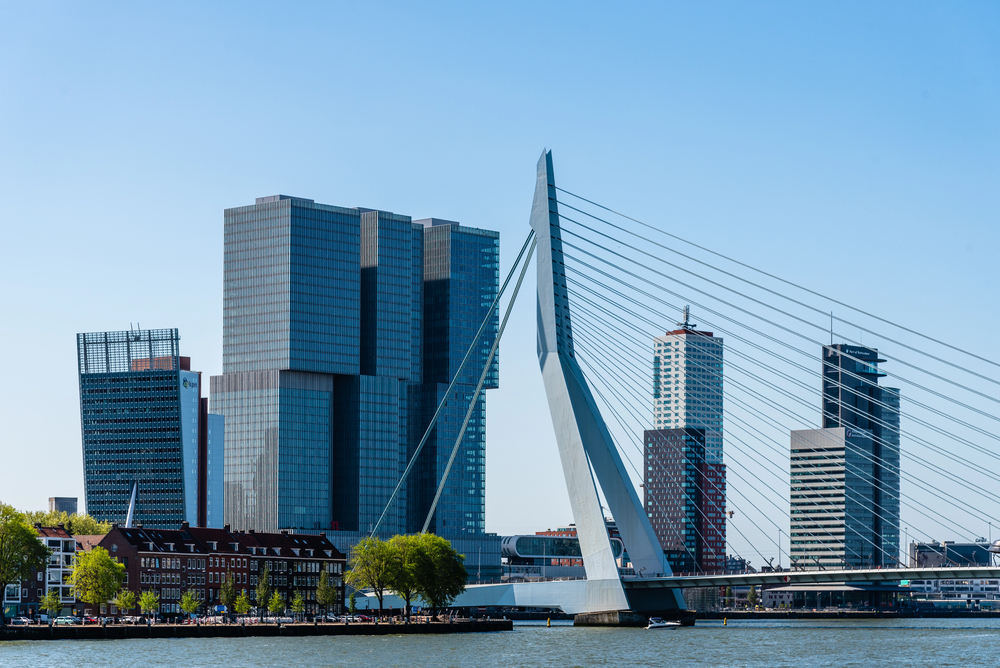
Rotterdam’s commitment to public art has transformed this district into a showcase of
massive murals and innovative installations. The city’s post-war reconstruction
provided vast concrete canvases that artists have turned into stunning vertical
galleries.
The maritime influence and industrial heritage of Rotterdam often appear as themes in these large-scale works.
Like Travel Pug’s content? Follow us on MSN.
Vesterbro, Copenhagen
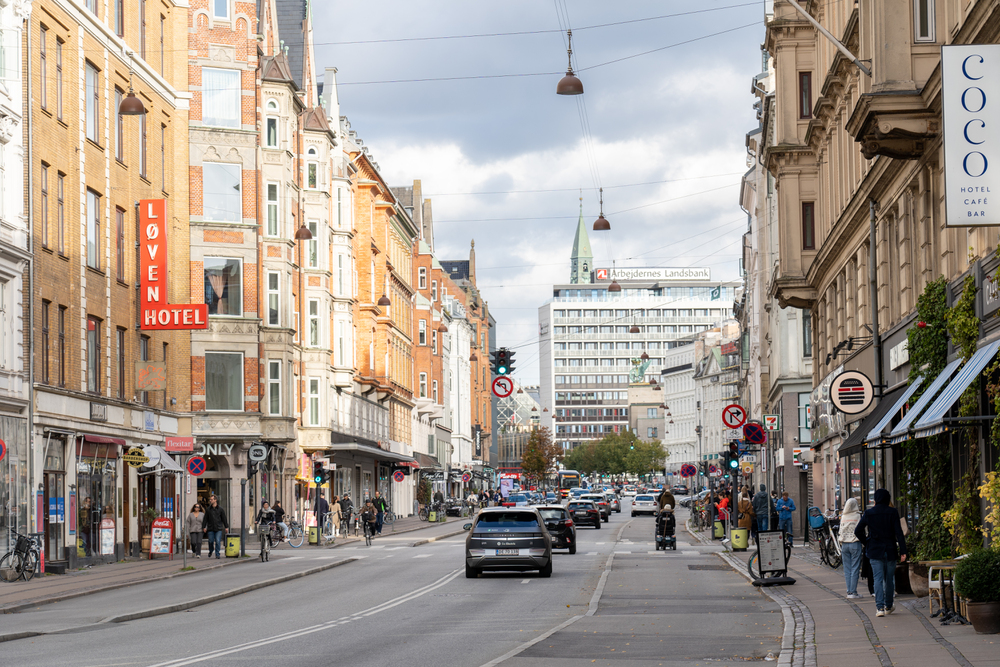
This former working-class neighborhood now hosts some of Scandinavia’s most
impressive street art installations. Danish artists have embraced the area’s wide
streets and large building facades to create immersive artistic experiences.
The district’s transformation through art reflects Copenhagen’s evolution into a center for sustainable urban development and creative expression.
Exarchia, Athenas
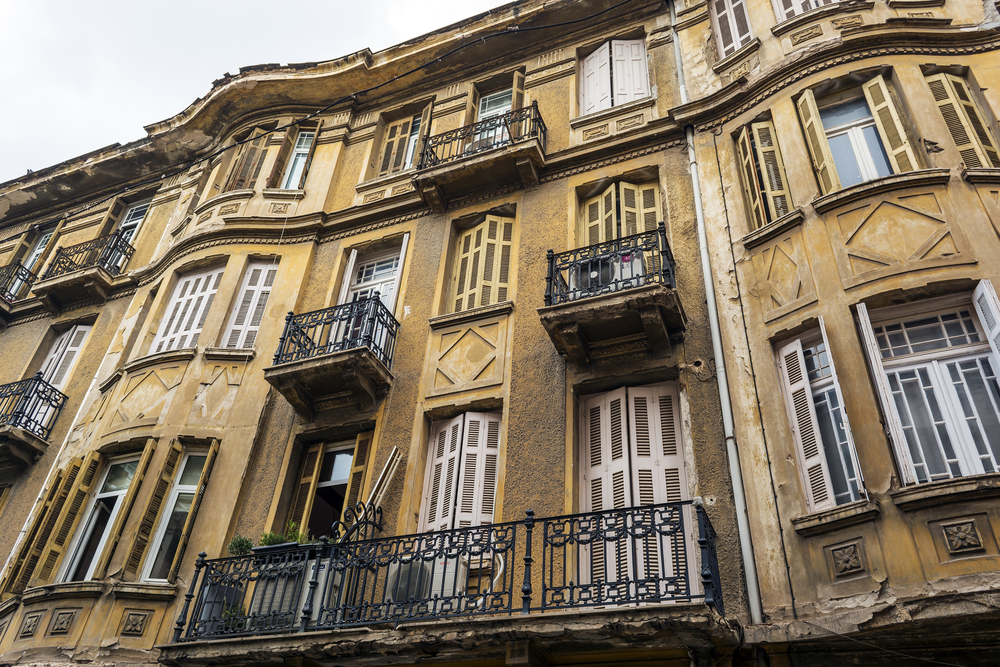
Athens’ anarchist quarter has become a powerful example of how street art can
voice social commentary. The neighborhood’s walls feature vibrant murals and
thought-provoking pieces documenting Greece’s economic struggles and social
movements.
Local artists blend classical Greek artistic traditions with contemporary street art styles to create unique visual narratives.
Kazimierz, Krakow
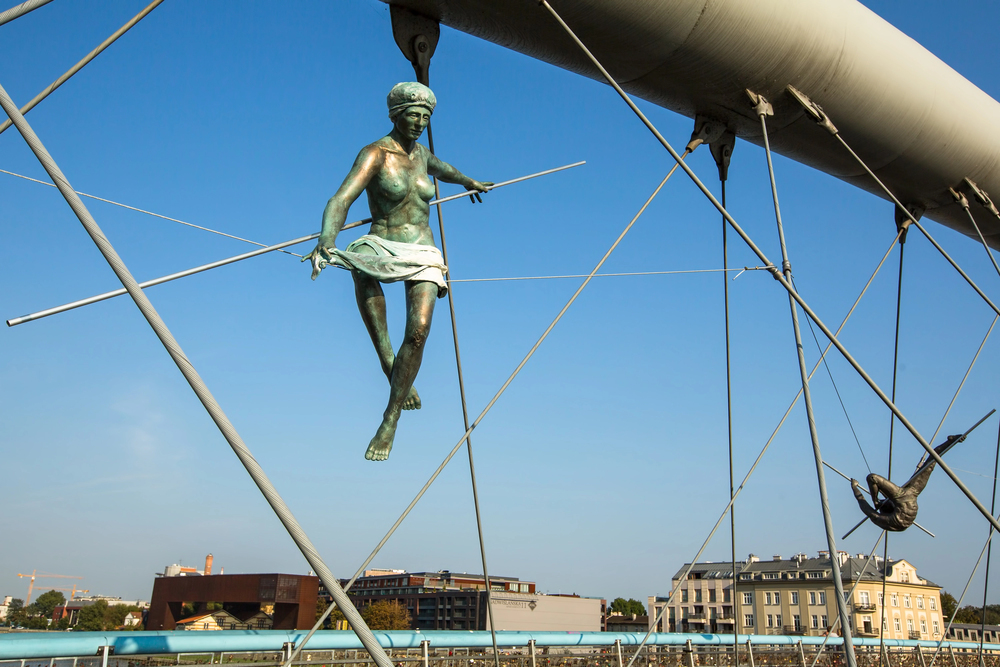
The historic Jewish quarter of Krakow sensitively blends memorial art and
contemporary expression. Artists often incorporate Jewish culture and history
elements into their works, creating meaningful connections between the past and
present.
The neighborhood’s street art helps preserve cultural memory while fostering new artistic traditions.
Like Travel Pug’s content? Follow us on MSN.
Lavapiés, Madrid
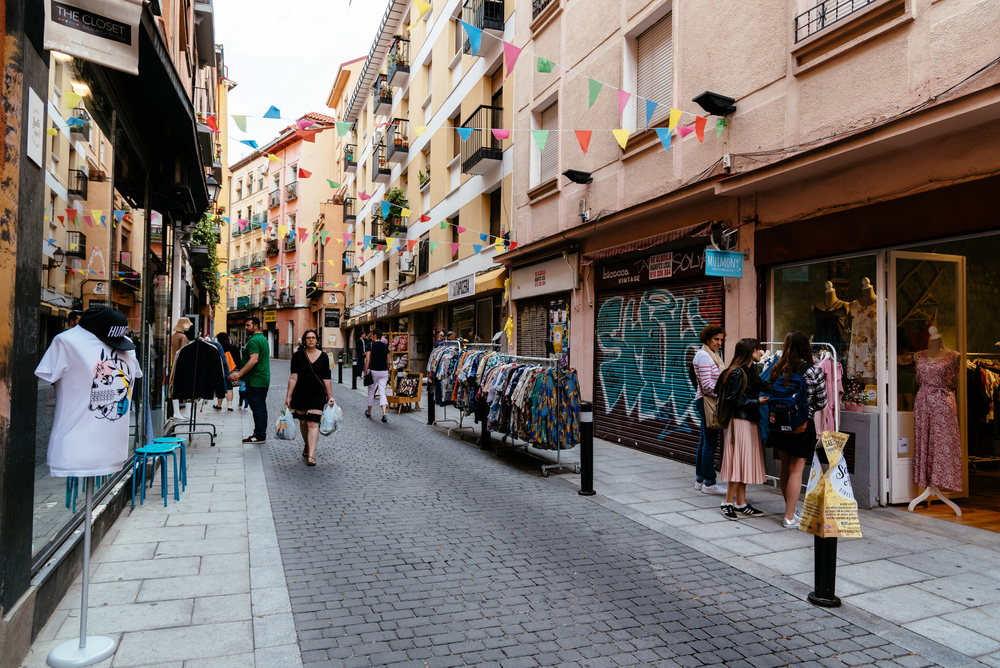
This diverse Madrid neighborhood showcases how street art can unite different
cultural communities. The area’s multi-ethnic character is reflected in murals that
combine various artistic traditions and styles.
Local artists work alongside international visitors to create pieces celebrating the neighborhood’s unique cultural fusion.
Canal District, Amsterdam
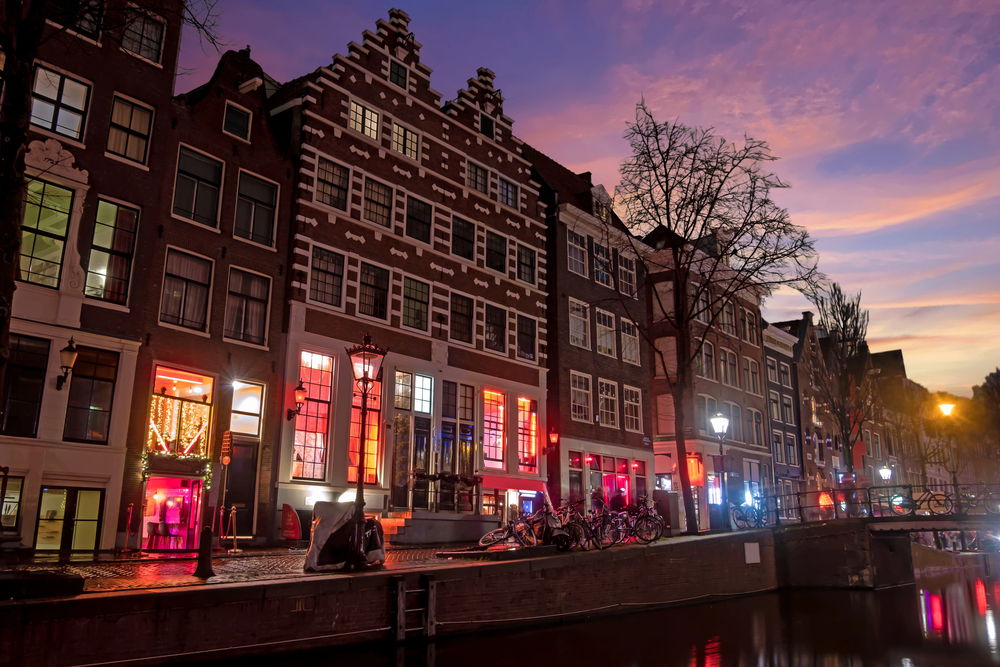
Amsterdam’s famous canals provide an unusual backdrop for urban art installations.
Artists here must work with the city’s unique architecture and often incorporate water
themes into their pieces.
The juxtaposition of Golden Age buildings and contemporary street art creates fascinating visual contrasts.
Belém District, Lisbon
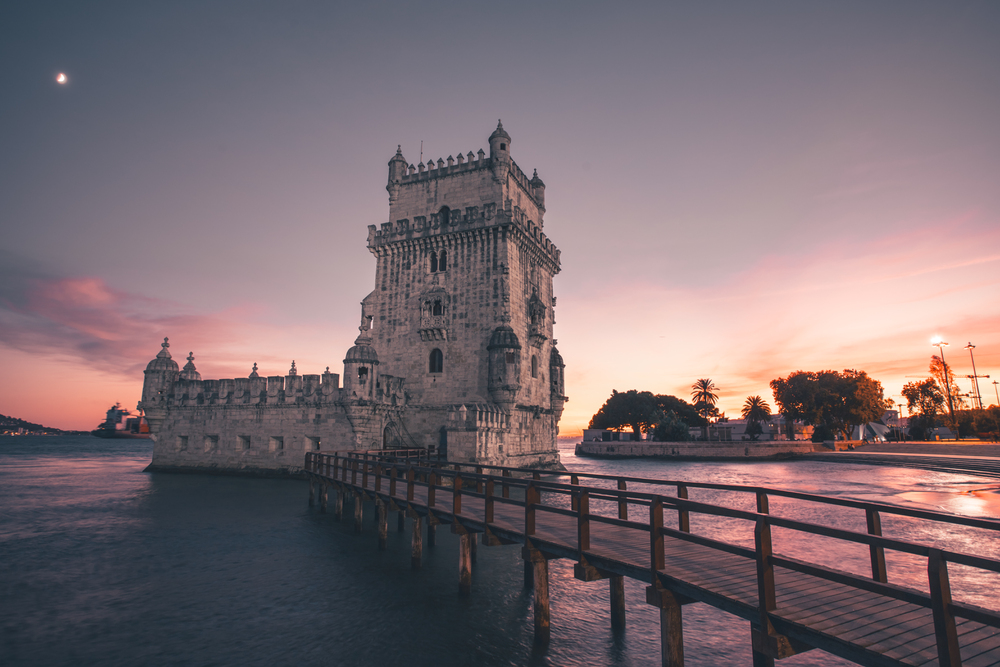
Lisbon’s historic waterfront area has embraced large-scale murals referencing
Portugal’s maritime history. The neighborhood’s industrial buildings have been
transformed into massive canvases celebrating local culture and traditions.
Artists frequently incorporate traditional Portuguese tile patterns into their contemporary works, creating a unique fusion of styles.
Like Travel Pug’s content? Follow us on MSN.
Northern Quarter, Manchester
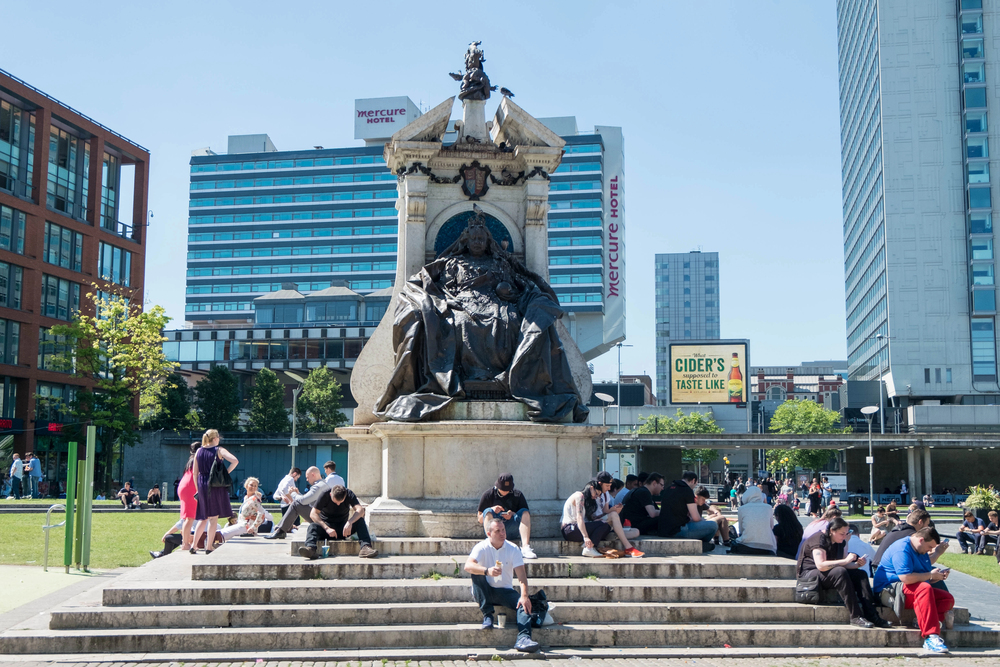
Manchester’s industrial heritage provides the perfect canvas for urban artists to tell
stories of the city’s past and present. The brick warehouses and factory buildings
host Britain’s most innovative street art installations.
Local artists often reference Manchester’s musical heritage and working-class history in their pieces.
District 7, Budapest
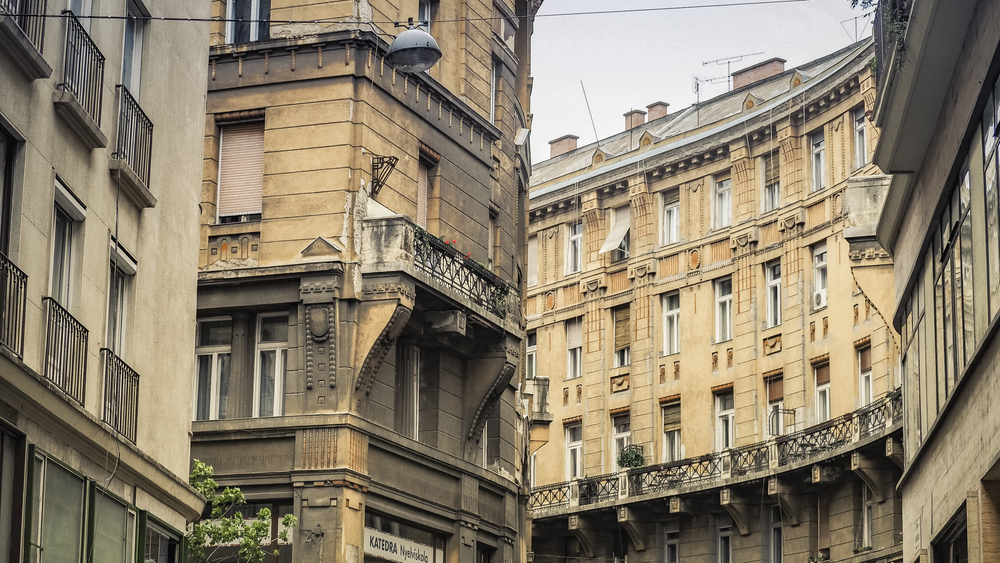
The Jewish Quarter of Budapest has been revitalized through an explosion of street
art and murals. Artists work within the context of the area’s rich history while
addressing contemporary social issues.
The district’s famous ruin bars often commission pieces that blend seamlessly with the deteriorating architecture.
Sankt Pauli, Hamburg
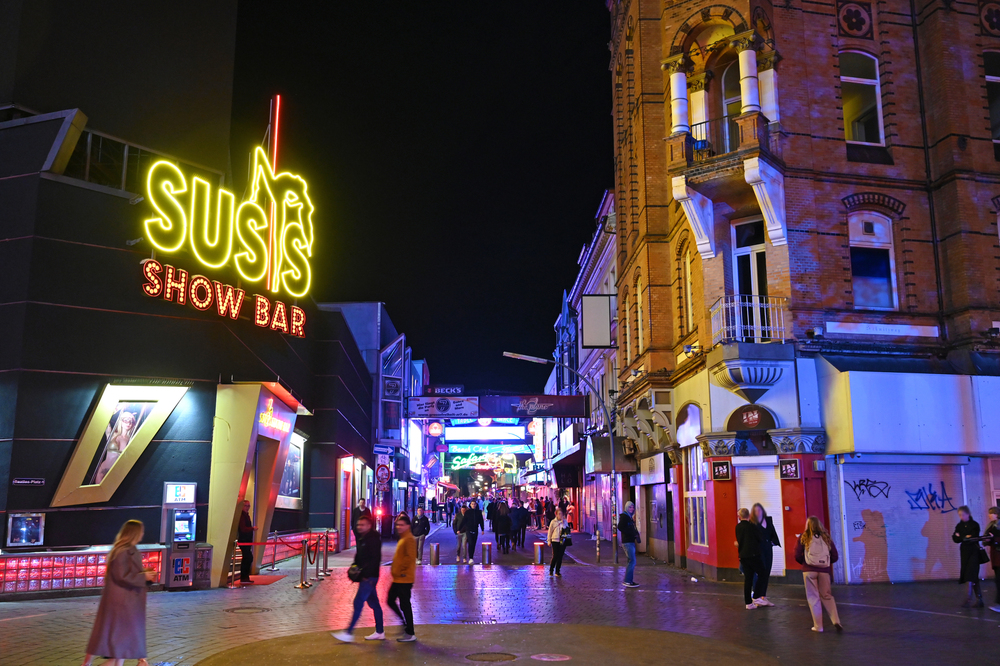
Hamburg’s famous port district combines maritime themes with a punk rock attitude
in its street art. The neighborhood’s historical connection to sailors and dock workers
influences many murals and installations.
Artists frequently incorporate elements of Hamburg’s maritime culture into their contemporary pieces.
Like Travel Pug’s content? Follow us on MSN.
Poblenou, Barcelona
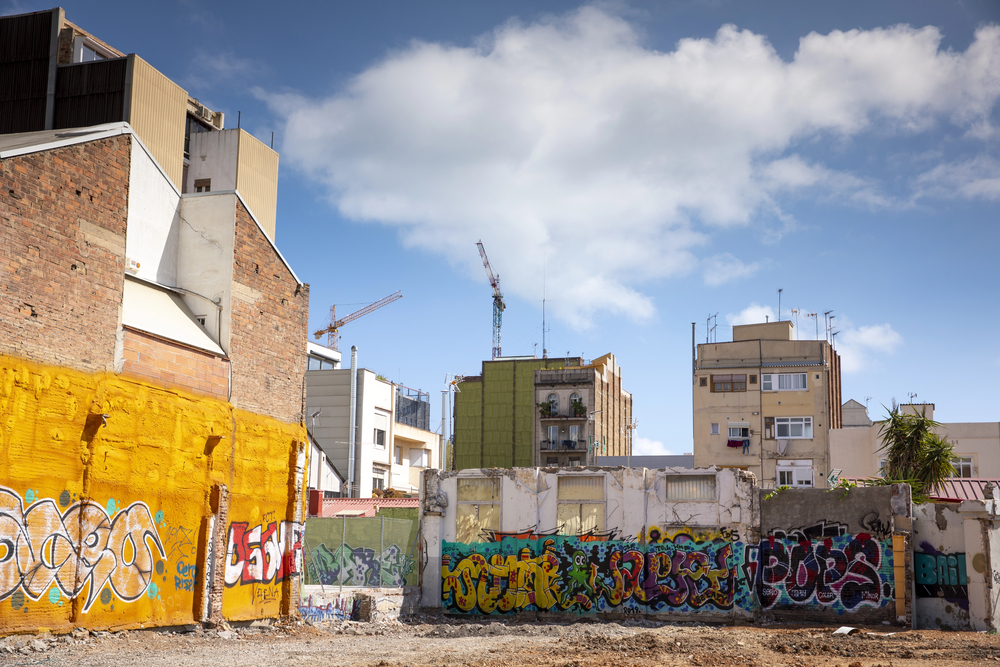
This former industrial area has been transformed into Barcelona’s street art hub.
Artists here often reference the neighborhood’s manufacturing past while celebrating its current creative identity.
The wide streets and factory buildings provide perfect spaces for large-scale murals and installations.
Ostiense District, Rome
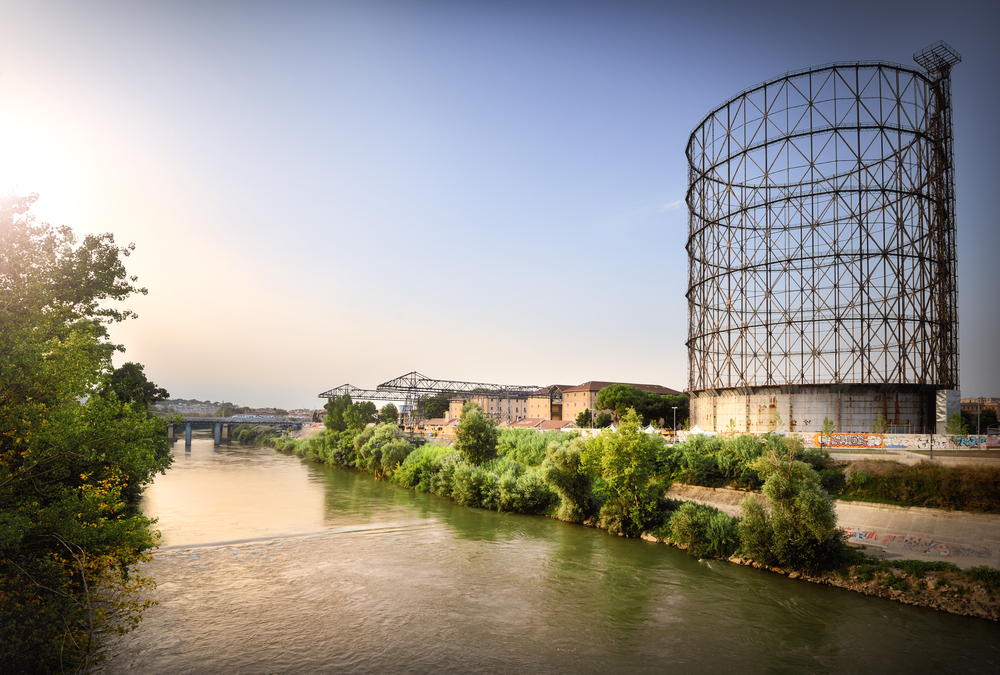
This industrial zone has become Rome’s unexpected center for contemporary street
art. Abandoned factories and warehouses now host massive murals contrasting
beautifully with the city’s ancient ruins.
Artists here often combine classical Roman imagery with modern street art techniques.
Užupis, Vilnius
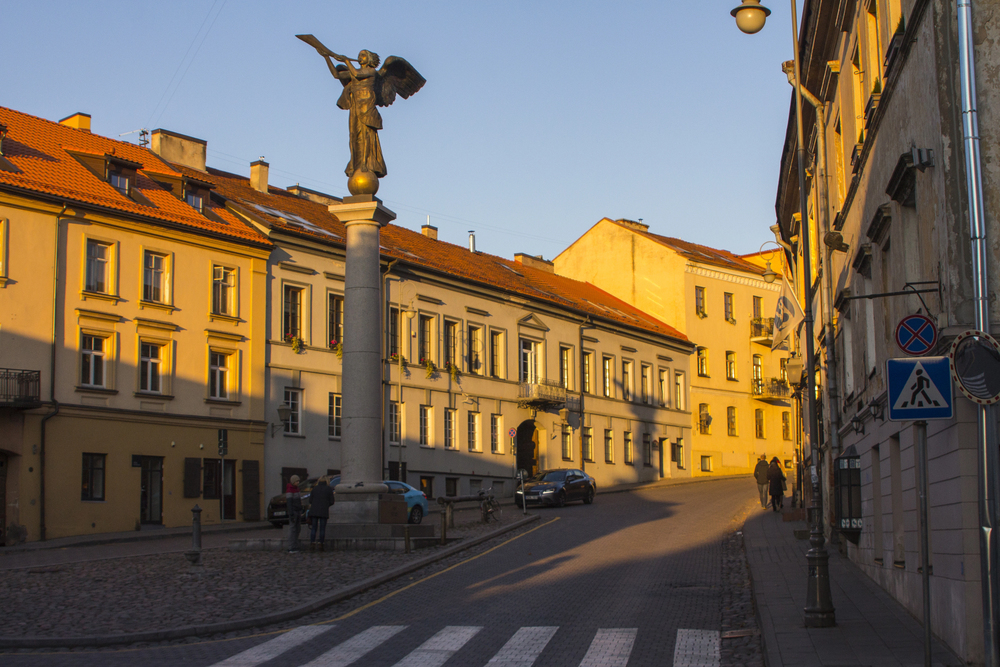
This self-declared independent republic within Lithuania’s capital has become a
haven for street artists. The neighborhood’s artistic constitution is reflected in murals
celebrating creativity and independence.
Local artists frequently incorporate elements of Baltic folklore into their contemporary works.
Like Travel Pug’s content? Follow us on MSN.
Vindegade Quarter, Odense
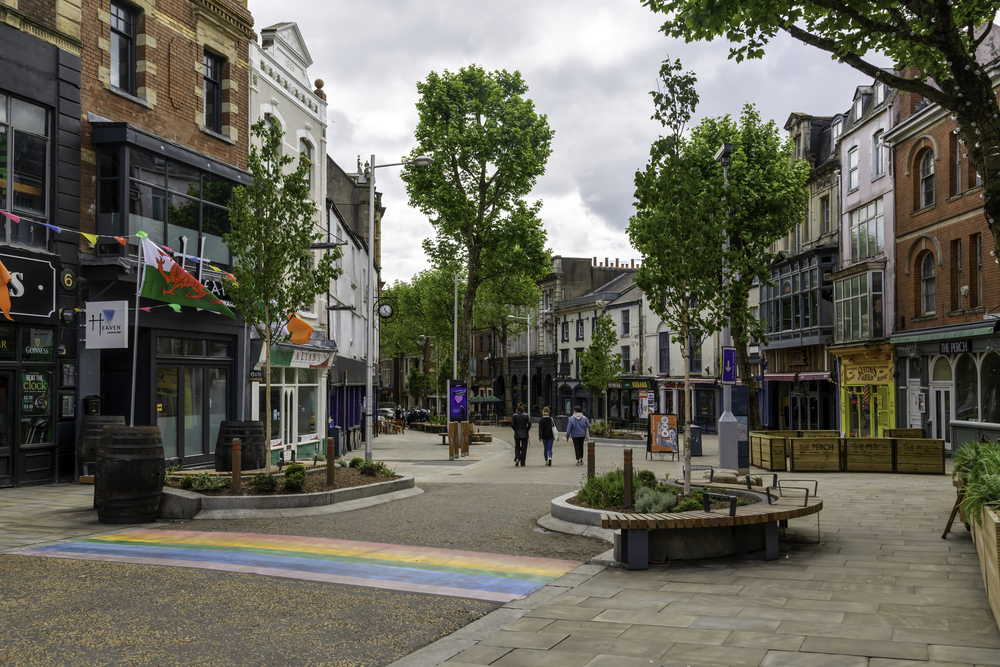
Hans Christian Andersen’s hometown has embraced street art that often references
his fairy tales. Artists blend whimsical storytelling with contemporary social
commentary in their pieces.
The neighborhood’s quiet streets reveal surprising artistic treasures that pay homage to Danish literary traditions.
Metelkova, Ljubljana
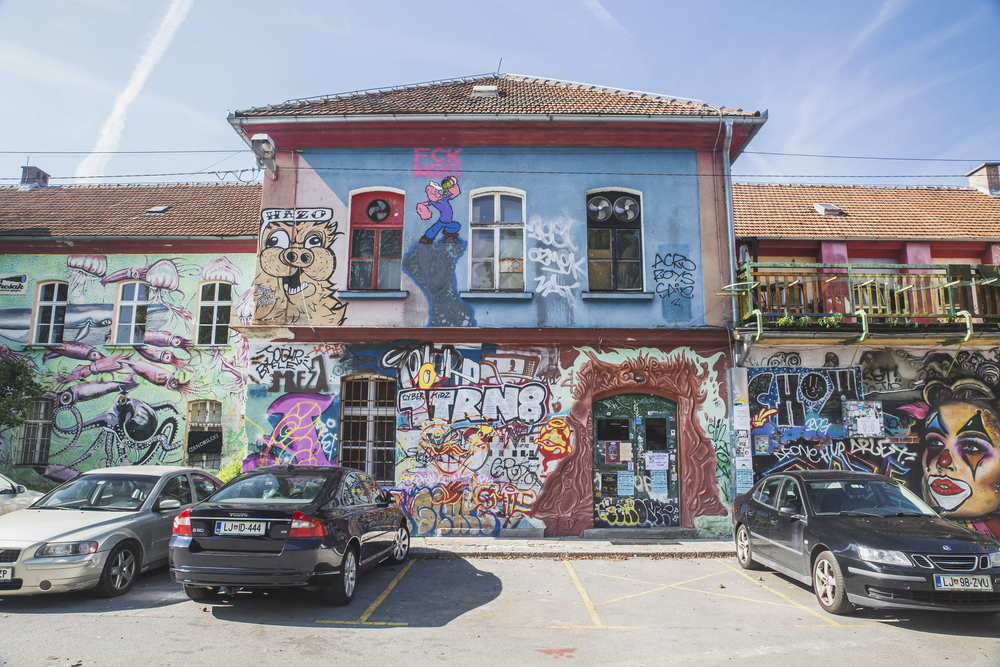
This autonomous cultural zone in Slovenia’s capital showcases how street art can
transform abandoned military barracks. Artists have created an alternative universe
of colorful murals and sculptural installations.
The area’s street art reflects peace, creativity, and cultural independence.
Praga District, Warsaw
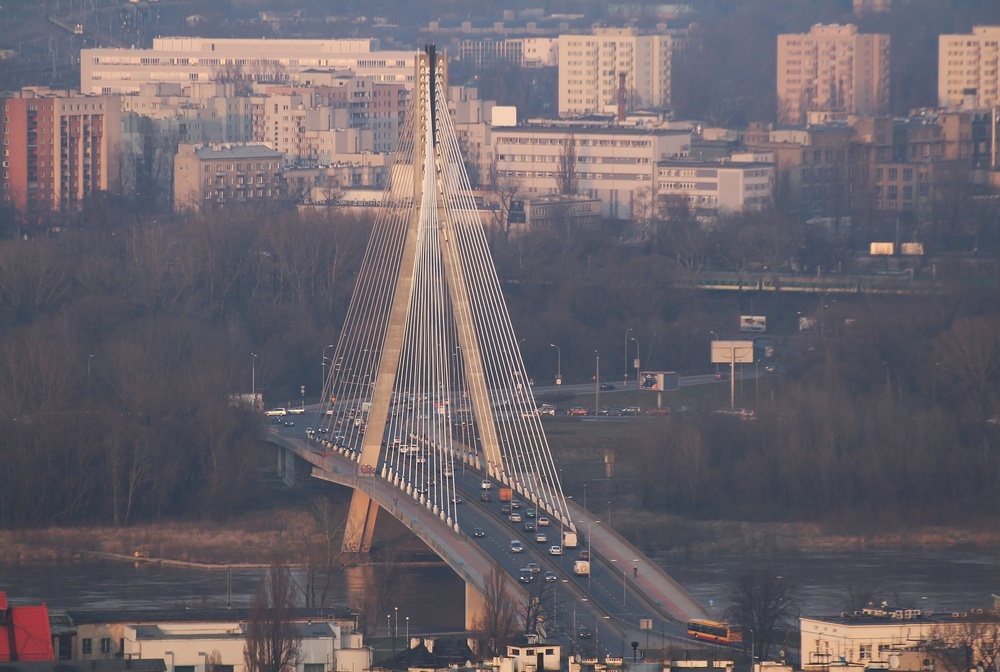
This formerly industrial district has emerged as Warsaw’s creative soul and street art
haven. Artists have transformed factory walls and communist-era buildings into
striking murals that tell stories of Poland’s resilience and renewal.
The contrast between historical architecture and contemporary art creates a powerful narrative about urban regeneration and cultural renaissance.
Like Travel Pug’s content? Follow us on MSN.
Street Art Shapes Urban Identity Today

Street art continues to redefine how we experience European cities, turning ordinary
streets into extraordinary galleries that challenge our perceptions and inspire
conversation. These locations demonstrate how urban art can preserve history, voice social commentary, and create community while transforming city spaces into dynamic
cultural landmarks.
As you explore these spots, you’ll discover that each piece tells a unique story about its city’s past, present, and future.
More from Travel Pug

- 15 Dangerous European Cities to Avoid
- 15 Caribbean Islands Where Tourists Keep Getting Scammed
- The 20 Most Fascinating Abandoned Places: A Journey Through Time and Forgotten Spaces
- 15 Hidden Places in the Smithsonian Museums Locals Love: A Guide to Lesser-Known Treasures
- 16 Hidden Florida Beach Towns That Aren’t Overrun with Tourists
Like Travel Pug’s content? Follow us on MSN.
